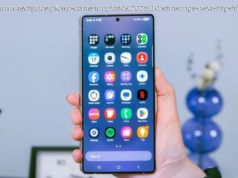It’s Saturday! Let’s review the last seven days of research findings: In a kind of logistics/transport breakthrough, archaeologists in Wales have determined that smaller megaliths surrounding Stonehenge were transported by Neolithic humans rather than glaciers, as some researchers have proposed in the past. Harvard scientists created cell-like chemical systems that simulate metabolism, reproduction and evolution, demonstrating that self-created systems can arise in non-biochemical molecules. And like humans, octopuses are susceptible to the «rubber hand» illusion.
It’s Saturday! Let’s review the last seven days of research findings: In a kind of logistics/transport breakthrough, archaeologists in Wales have determined that smaller megaliths surrounding Stonehenge were transported by Neolithic humans rather than glaciers, as some researchers have proposed in the past. Harvard scientists created cell-like chemical systems that simulate metabolism, reproduction and evolution, demonstrating that self-created systems can arise in non-biochemical molecules. And like humans, octopuses are susceptible to the «rubber hand» illusion.
It’s notoriously difficult to make precise measurements of ultra-hot materials, such as the plasma in the sun’s atmosphere. Researchers at the SLAC National Accelerator recently developed a technique for taking these measurements, and in the process, completely upended nearly 40 years of theory regarding the dynamics of superheated systems. In their study, they reported the first direct measurement of the temperature of atoms in gold heated far beyond the theoretical limit.
They used a laser to superheat a nanometer-thin gold sample; as its atoms began vibrating at a speed directly related to the rising temperature, they sent a pulse of ultrabright X-rays through it.
Домой
United States
USA — IT Saturday Citations: Hot, hot gold; mechanisms of face recognition; first pathway of...






